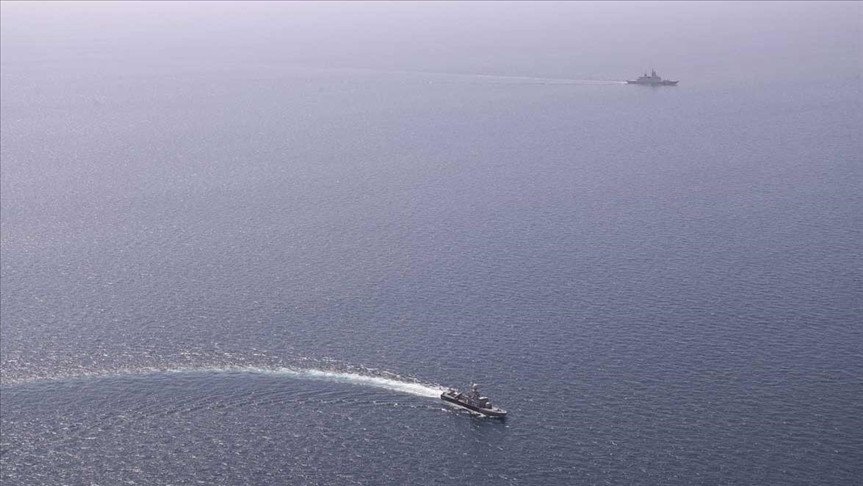
Dhaka: Bangladesh has made a formal objection to the UN Secretary-General over certain maritime issues with India that are continuing even after their settlement in 2014.
The issues pertain to the baseline and continental shelf used by India in the 25,602 square kilometres of disputed waters in the Bay of Bengal.
The baseline is the line along the coast from which the seaward limits of a state’s territorial sea and certain other maritime zones of jurisdiction are measured, such as a state’s exclusive economic zone.
Generally, the state has special rights regarding the exploration and use of marine resources, including energy production from water and wind, within 200 nautical miles (nmi) from the baseline.
This area of the sea is called the exclusive economic zone (EEZ) and may include the continental shelf, which is the stretch of the seabed adjacent to the shores of a particular country to which it belongs.
Most commercial exploitation from the sea, such as metallic ore, non-metallic ore and hydrocarbon extraction, takes place on the continental shelf.
And it is over this stretch of the Bay of Bengal that the two neighbours have been sparring over four decades.
Then on July 7, the UN’s Permanent Court of Arbitration at The Hague awarded Bangladesh 19,467 square kilometres of the disputed waters.
The judgement, which is final and binding on both countries and cannot be appealed against, ensured Bangladesh’s claims of an equitable solution to a full 200 nmi EEZ and a substantial share of the extended continental shelf beyond 200 nmi.
Thus, it provided Bangladesh with more than 118,813 sq km of water.
But India has been using a baseline that does not meet Article 7 of the United Nations Convention on the Law of the Sea (UNCLO) and based on the baseline are the EEZ and continental shelf set.
The normal baseline for measuring the breadth of the territorial sea is the low-water line along the coast as marked on large-scale charts officially recognised by the coastal state.
In localities where the coastline is deeply indented and cut into, or if there is a fringe of islands along the coast in its immediate vicinity, the method of straight baselines joining appropriate points may be employed in drawing the baseline from which the breadth of the territorial sea is measured.
India’s deployment of the straight baseline along its east coast does not meet the criteria stated in the UNCLO.
Subsequently, on September 13, Bangladesh made a formal objection to the UN Secretary-General over the matter.
In addition, some of the base points for the straight baselines are completely at sea without reference to any low-water mark of any “proximate area of terra firma” and are not grounded on any form of coastline, said the diplomatic letter handed over by Bangladesh Permanent Mission to the UN in New York.
For example, India’s Base Point 87 is entirely at sea; the nearest Indian coast is approximately 10.5 nm distant.
“The government of Bangladesh is particularly concerned that India’s base point 89 is located on Bangladesh’s side of the maritime boundary with India, 2.3 miles inside Bangladeshi waters,” it said.
Bangladesh bilaterally requested India to correct the mistake in 2014, but the neighbouring country has yet to do so, said Khurshed Alam, secretary at the maritime affairs unit of the foreign affairs ministry.
“I don’t know why India used its base point 89 some 2.3 miles inside Bangladeshi waters,” said Touhid Hossain, former foreign secretary.
India’s incorrect use of the base points has created a grey area in the sea, according to Alam.
The grey area is an area lying within 200 miles from the coast of one state but beyond a maritime boundary with another state.
The issue of the grey area does not arise in connection with the establishment of the outer limit of the continental shelf of Bangladesh if the normal baseline is used by India, the letter said.
In a bizarre move, India has objected to Bangladesh’s base point 2 at Putney Island down the Sundarbans, which is on the land, Alam said, adding that it is beyond the legal purview of the UNCLOS.
Asked if the objections hamper Bangladesh’s activities in the sea, Alam said it does not.
“But the issues of continental shelf and basepoints still need to be settled in line with the court verdict. We want what has been settled by the court — not anything else.” The Daily Star


